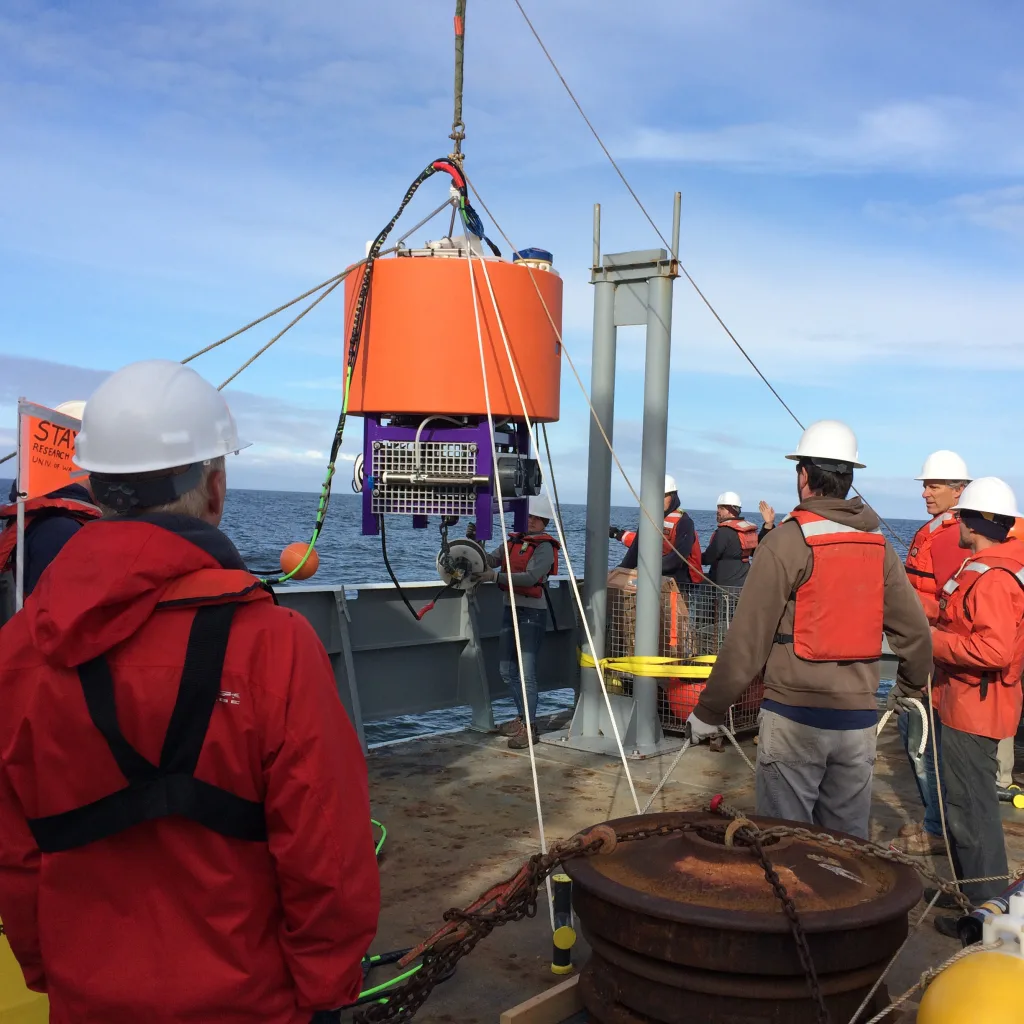The Olympic Coast as a Sentinel: An Integrated Social-Ecological Regional Vulnerability Assessment to Ocean Acidification
The Olympic Coast, located in the Pacific Northwest U.S., stands as a region already experiencing effects of ocean acidification (OA). This poses risks to marine resources important to the public, especially local Native American tribes who are rooted in this place and depend on marine treaty-protected resources. This project brings together original social science research, synthesis of existing […]



